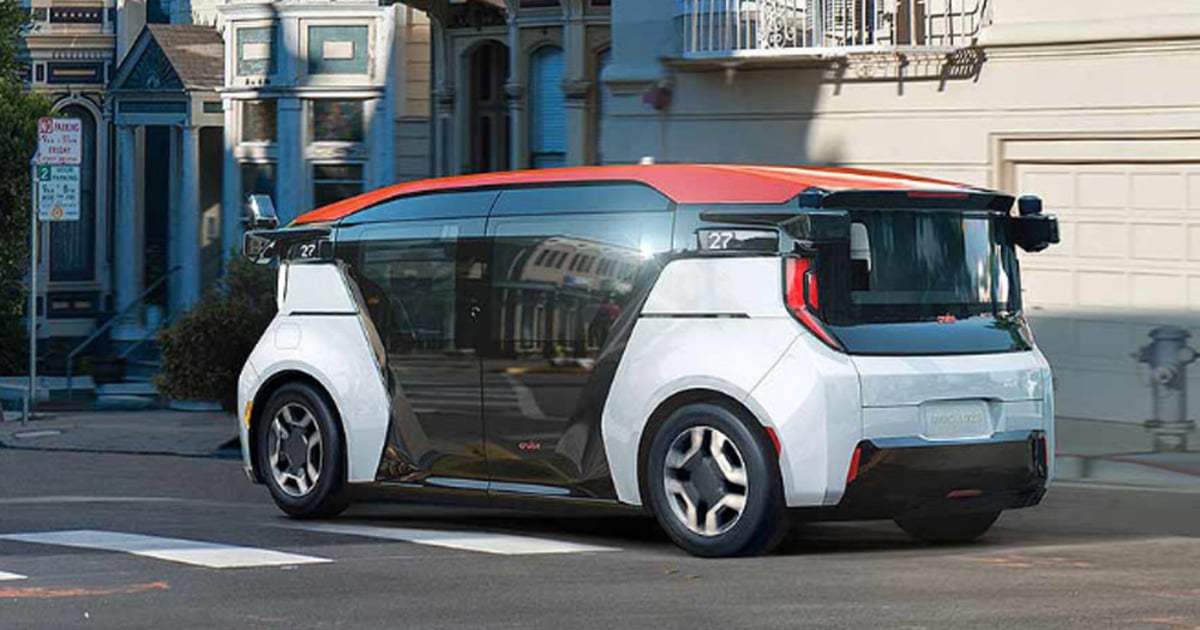
Self-driving technology company Cruise is expanding its California ambitions beyond San Francisco.
Company executives asked California regulators Monday to amend their existing permit to allow for testing of autonomous vehicles throughout the state. Cruise’s efforts have been restricted to specified areas of San Francisco.
Should the California Department of Motor Vehicles grant the company’s request, General Motors-backed Cruise will be “ready to expand to essentially any city in the state,” CEO Kyle Vogt told Automotive News.
While he declined to provide specifics on which California cities the company might target, he signaled Cruise would look southward.
“Warmer cities are, you know, on the table for us in the near term,” Vogt said.
That might indicate Cruise is eyeing Los Angeles, a place where robotaxi competitors like Waymo and Motional are already testing self-driving vehicles and planning ride-hailing services. None of those companies has requested the necessary permit from the California Public Utilities Commission to begin driverless commercial service.
The application is the “first step” in the process of broader California efforts, a Cruise spokesperson said, and there are no immediate changes to the company’s testing or operations. No decisions have been made on any California locations outside San Francisco, the spokesperson said.
A California DMV spokesperson declined to comment Wednesday on the company’s pending application to expand the scope of its permit.
Cruise received its initial testing permit from the California DMV in October 2020, which restricts Cruise’s operations to specified areas of San Francisco. Cruise already operates driverless, commercial service in San Francisco, with as many as 150 vehicles on the road at a given time, Vogt said.
If Cruise expands at the rate he envisions, that number may soon seem small. Cruise launched limited service in Phoenix and Austin, Texas, in December. He said the company’s 2023 plans in those cities involve a quick-paced march toward scale in both existing locations and new ones.
“As we get closer to the end of the year, those are going to look like fully stood-up operations on par with, or potentially larger than, what we have in San Francisco today,” Vogt said.
In Arizona and Texas, a fast expansion may be possible because of a less-onerous regulatory environment, he said. But the more arduous path in California has not diminished Cruise’s interest.
The ambitious expansion plans contrast with the stagnation and consolidation throughout much of the autonomous-driving industry. Argo AI, a Ford- and Volkswagen-backed rival, shuttered last October. A long-expected shakeout is occurring, according to a February report from consulting and research firm Guidehouse Insights.
Cruise ranked behind Mobileye, Waymo and Baidu among the self-driving front-runners in the Guidehouse assessment of strategy and execution for developing and deploying automated-driving systems.
Wherever Cruise expands, the company will stick with city driving. Dense, urban driving provides the most near-term value, Vogt said. Highway driving remains a technical work in progress, a feature that may come when the company deploys its purpose-built Origin autonomous vehicle.
Vogt anticipates the Origin will launch sometime this year.
But that time frame remains uncertain. In February 2022, Cruise requested an exemption from Federal Motor Vehicle Safety Standards for the vehicle, which has no traditional controls like a steering wheel or brake pedals.
Regulators are still reviewing that request. The company is preparing responses to questions that National Highway Traffic Safety Administration officials have asked as part of that review, Vogt said.
In the meantime, Cruise might consider an alternate path to putting the Origin on public roads.
Rather than go through the exemption-request process, robotaxi competitor Zoox self-certified that its own purpose-built AV conformed with those standards last month.
NHTSA is reviewing that self-certification. Should the regulatory agency deem Zoox’s vehicle conforms with those standards, Cruise could follow that path. Vogt demurred on that possibility.
“There are multiple different pathways to get a vehicle without traditional controls on the road,” he said.
Lindsay VanHulle contributed to this report.